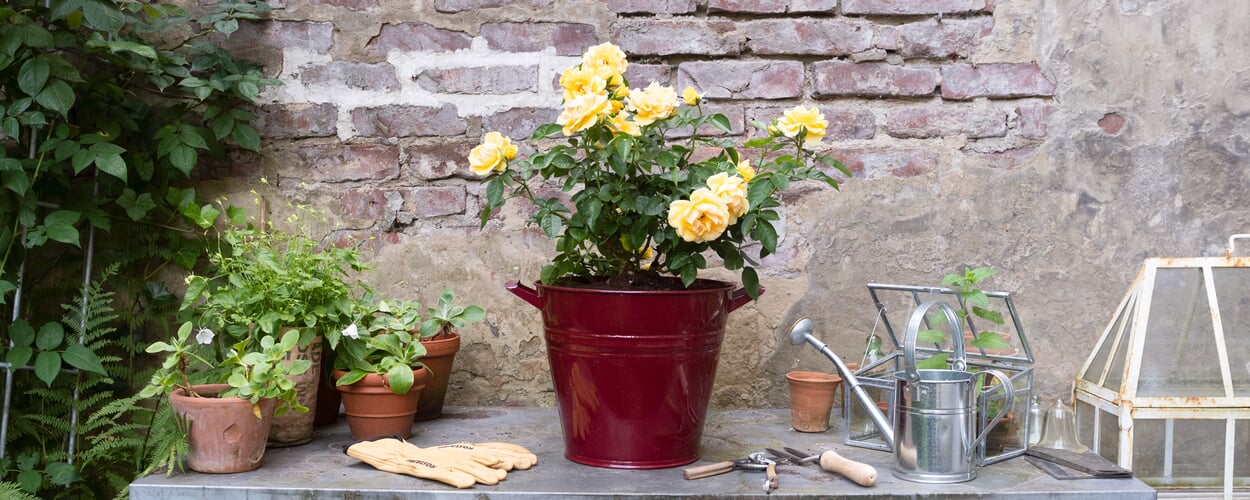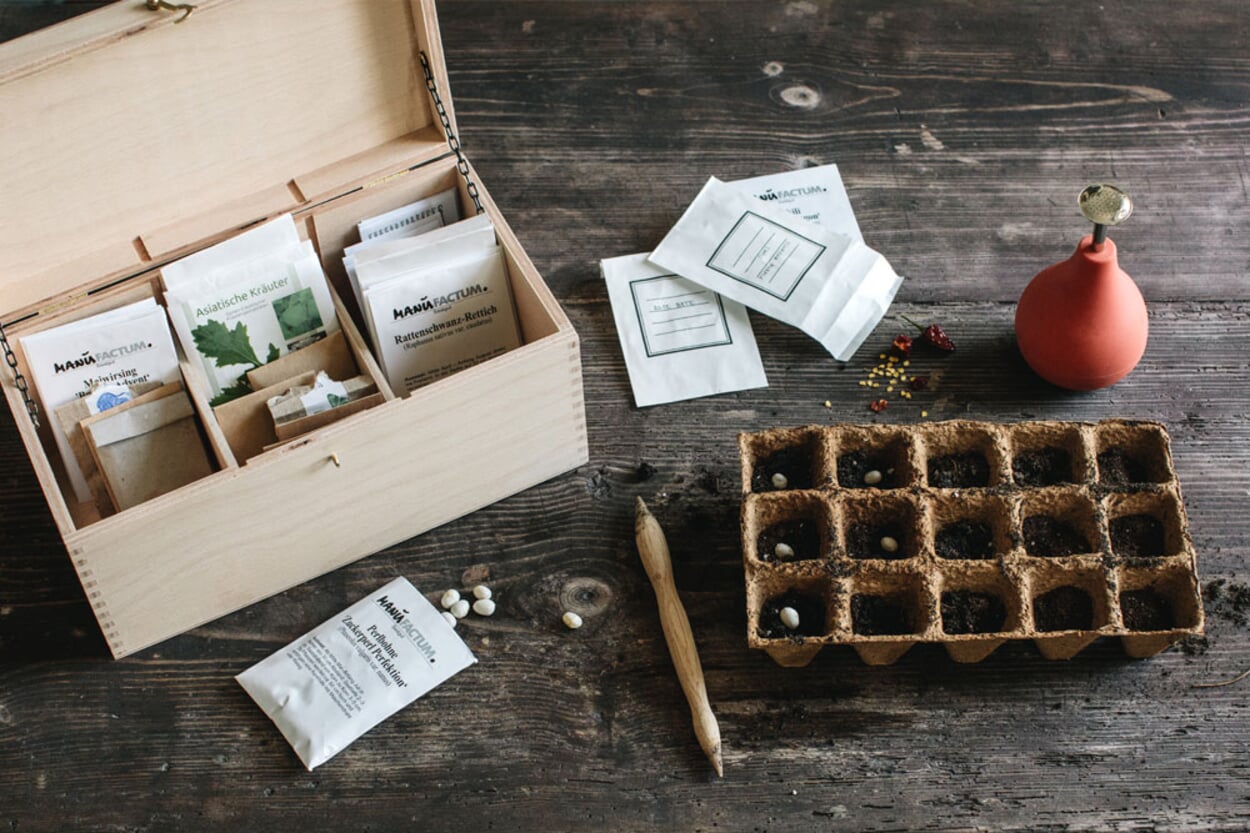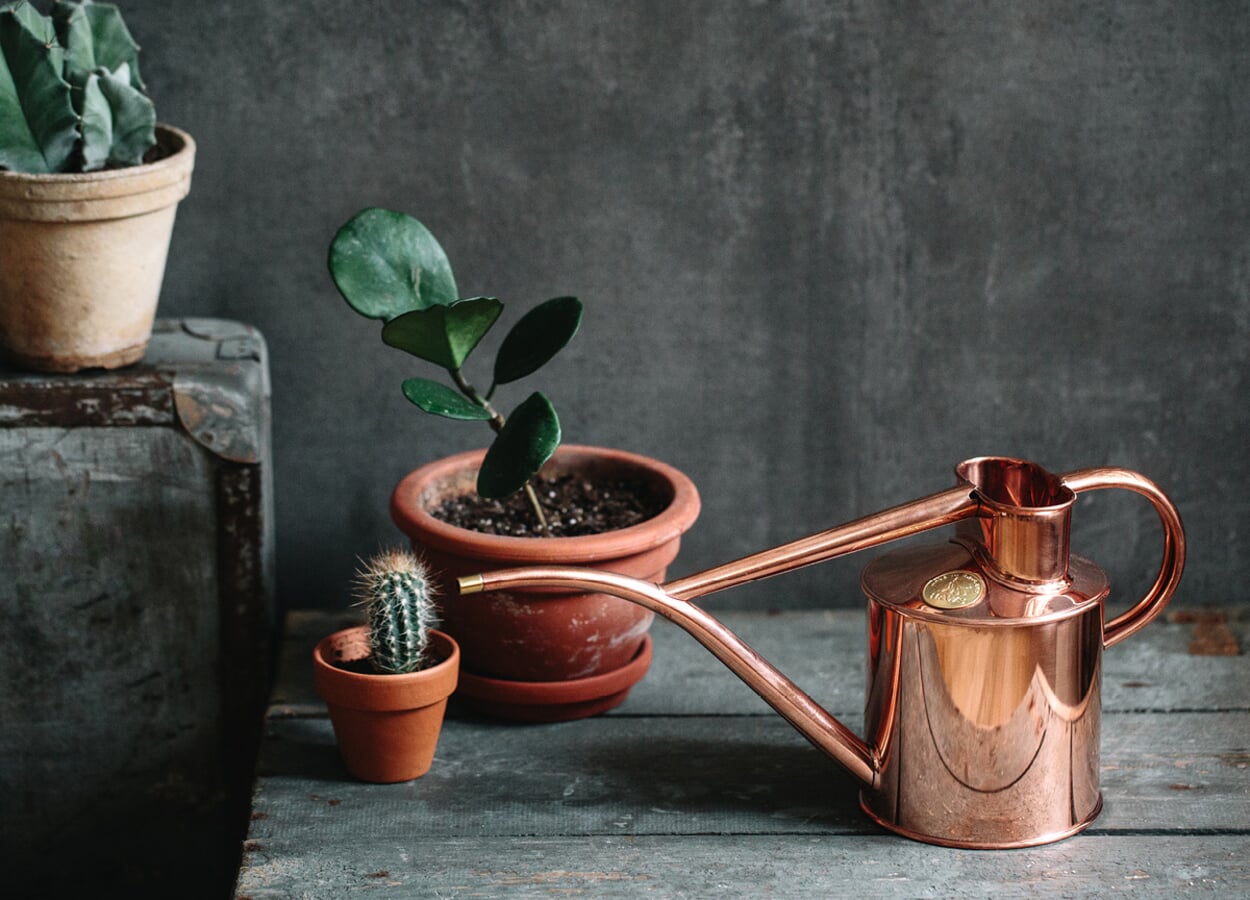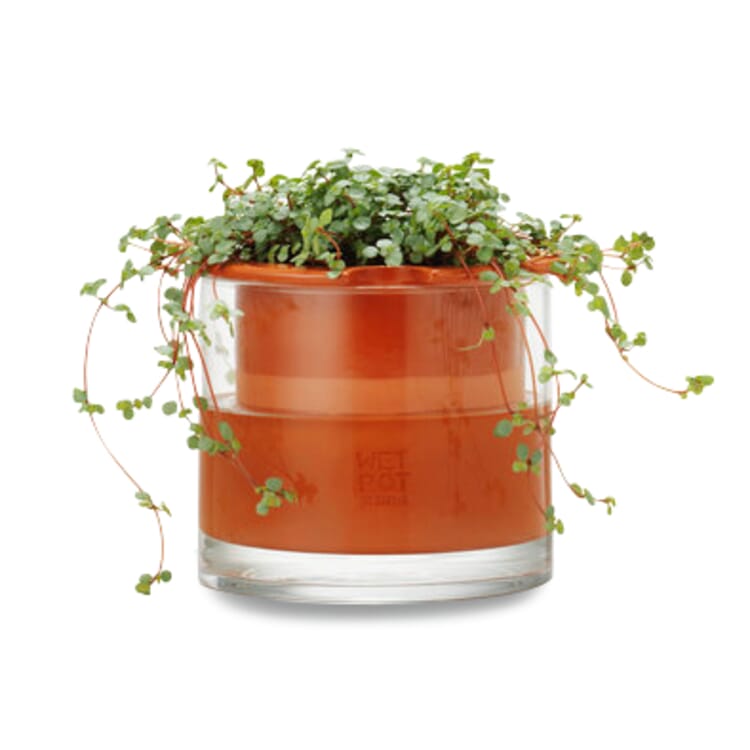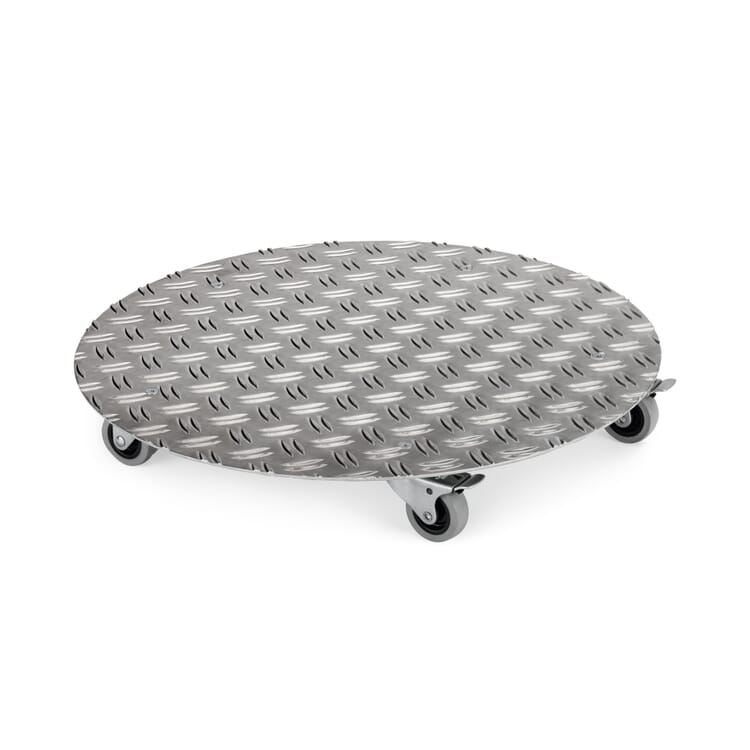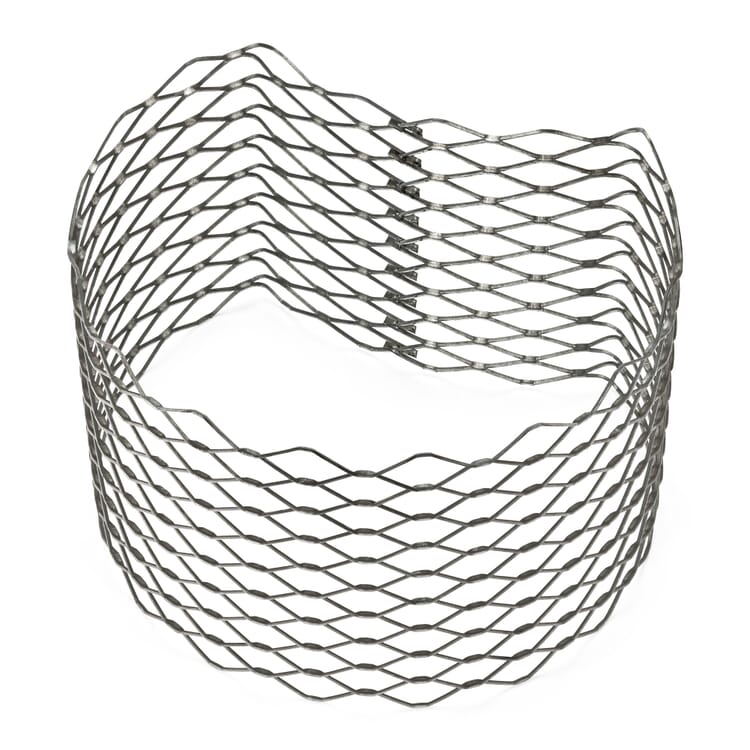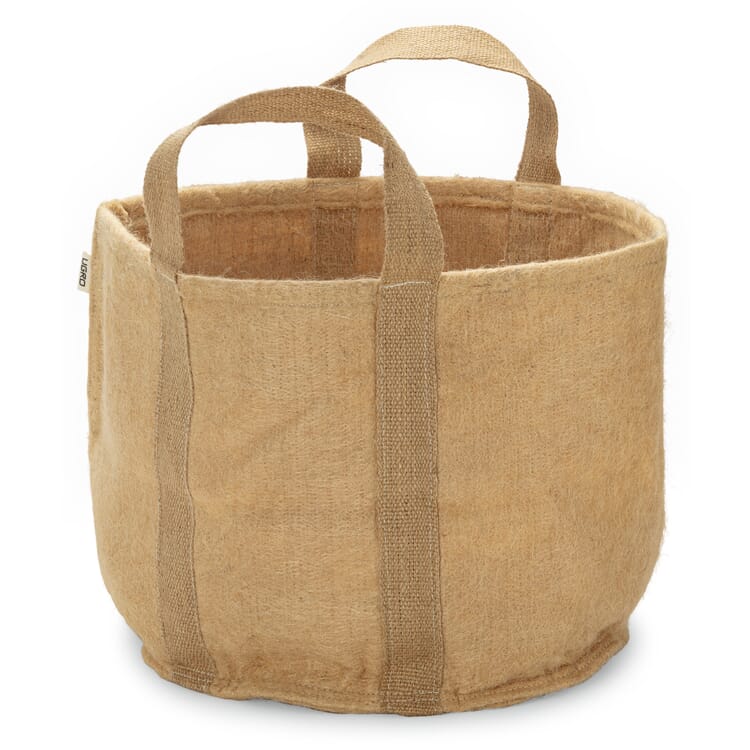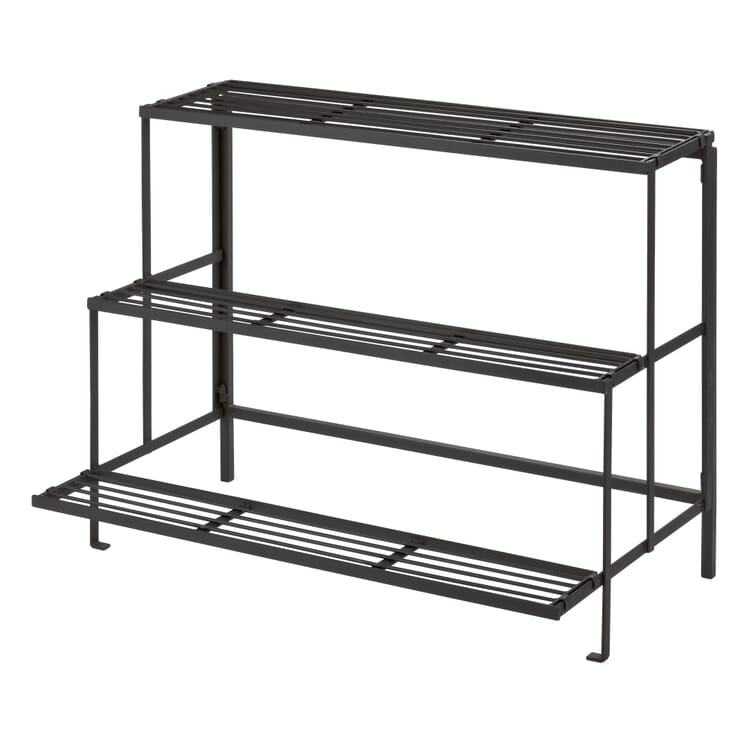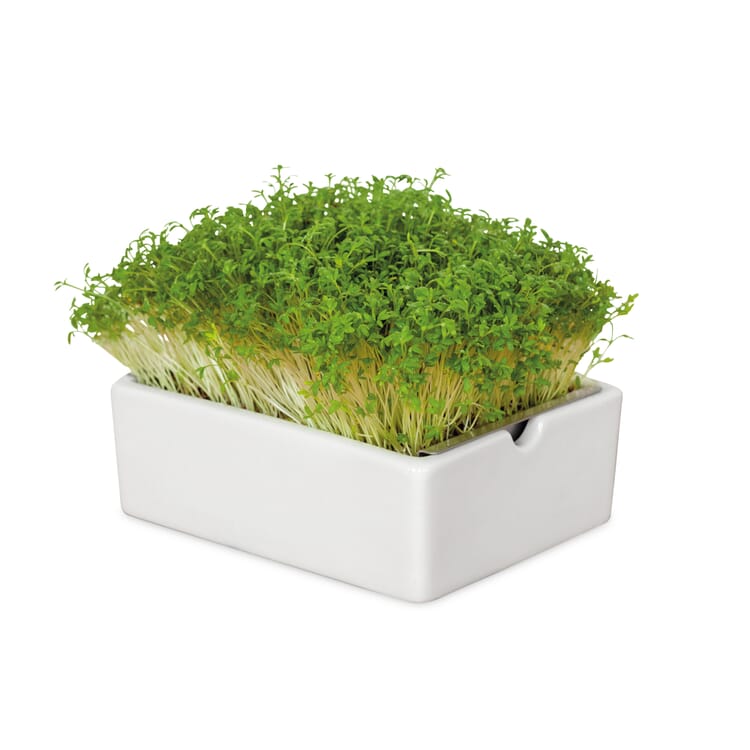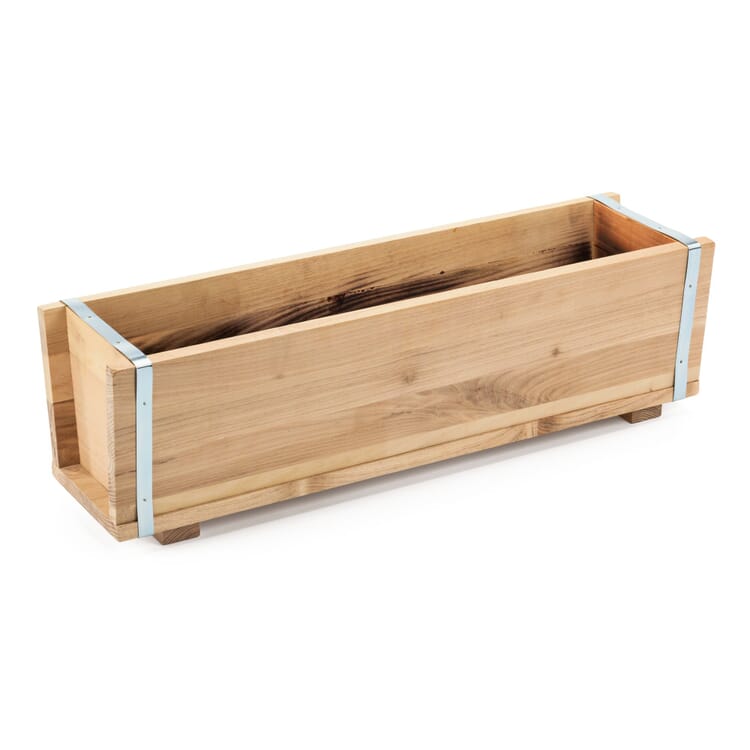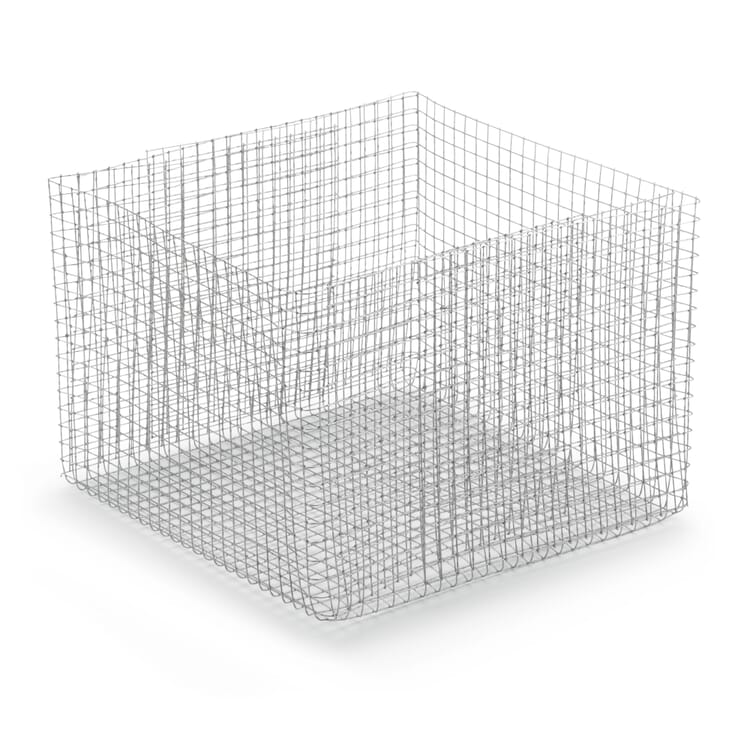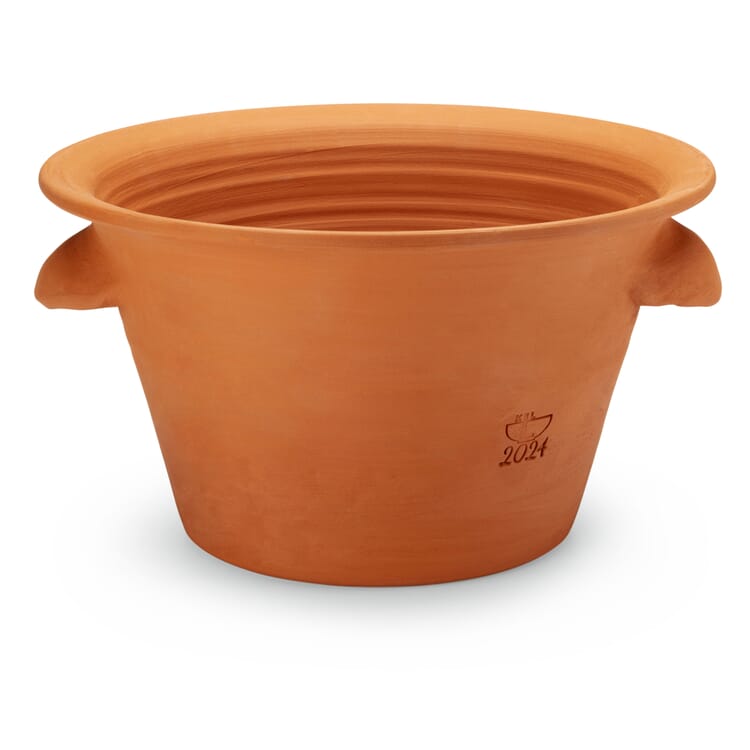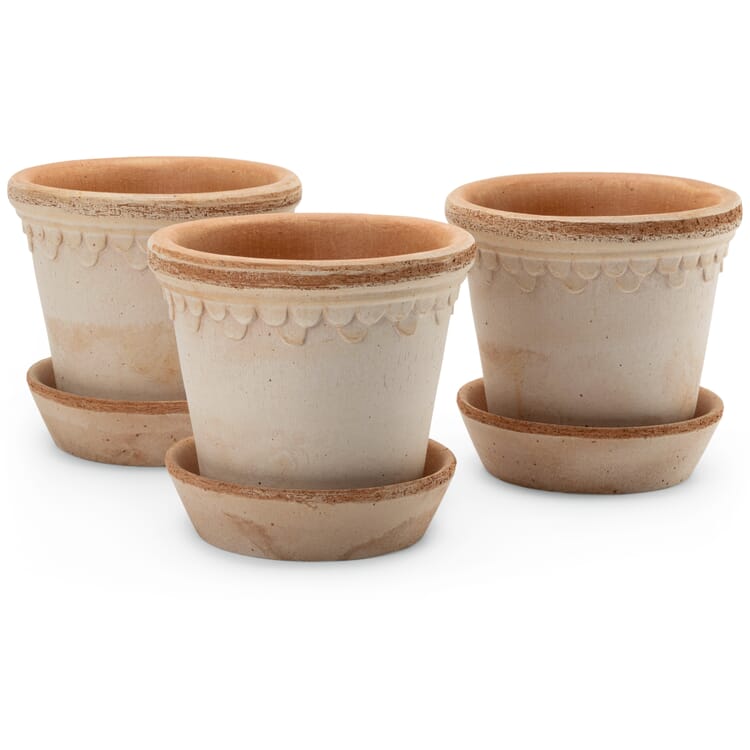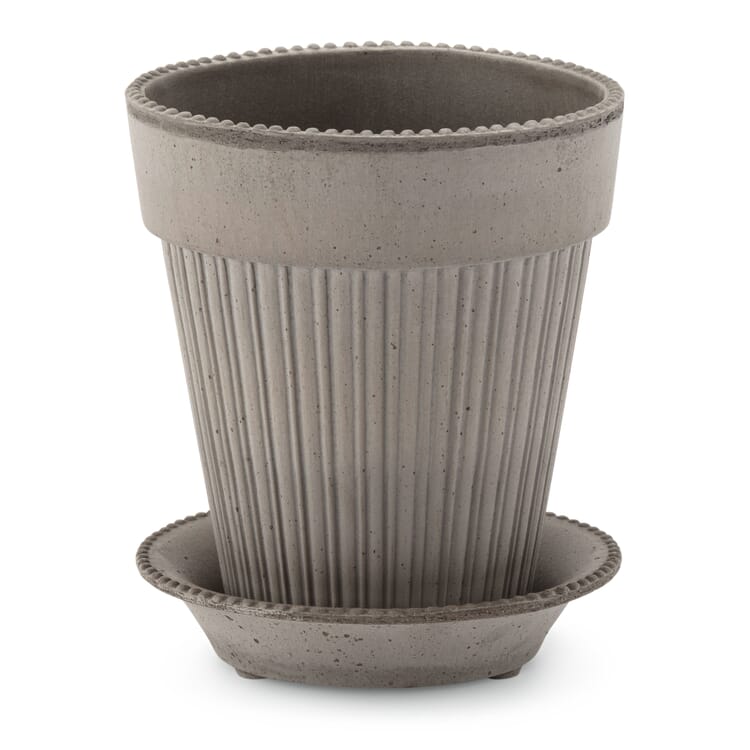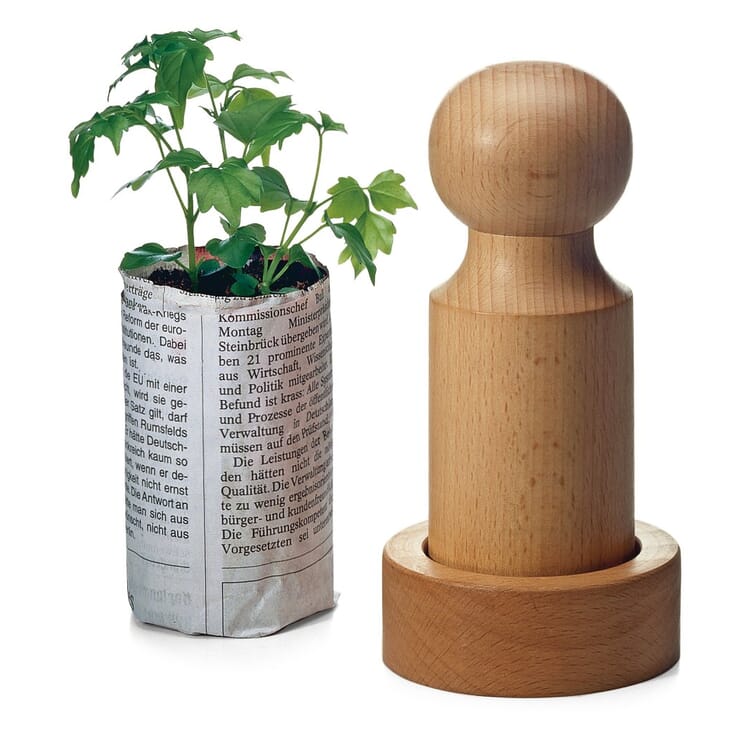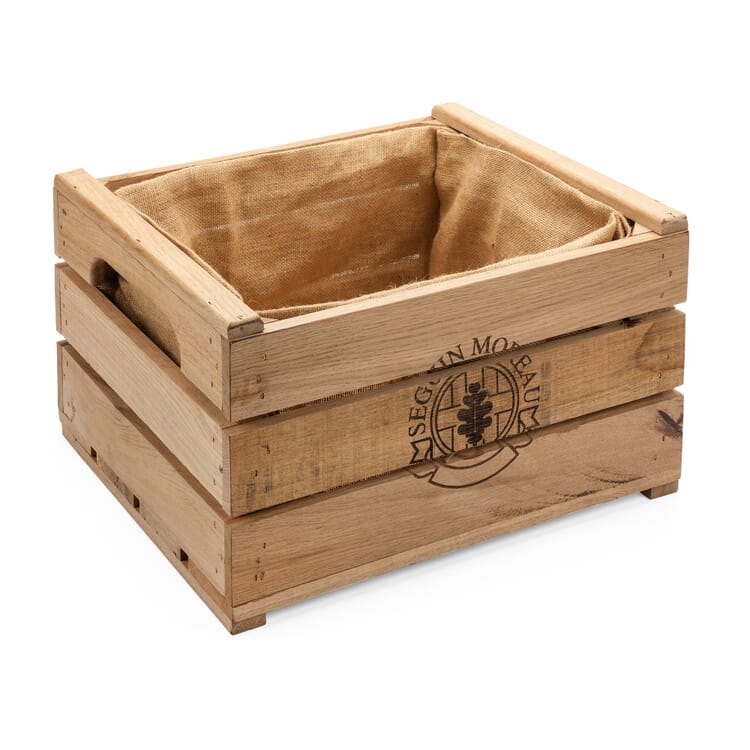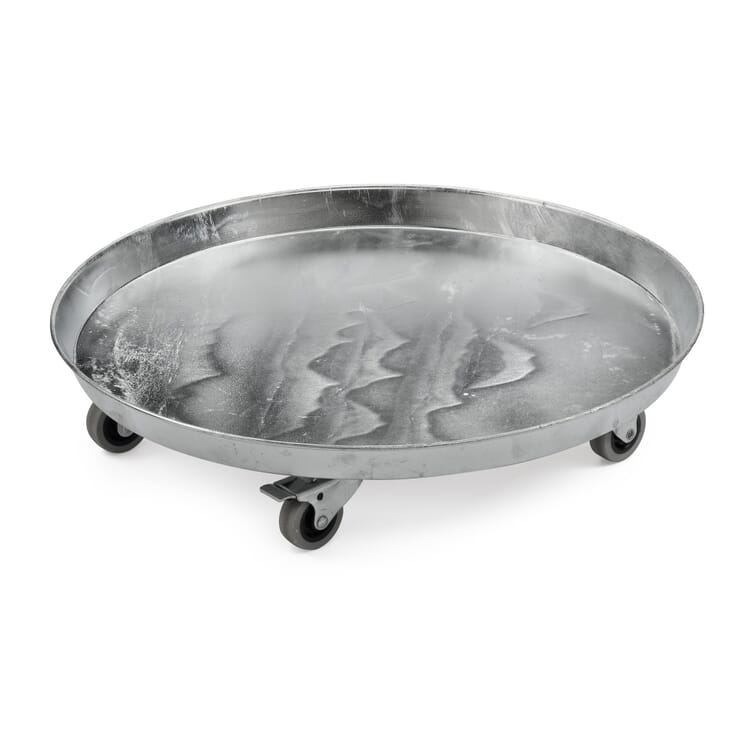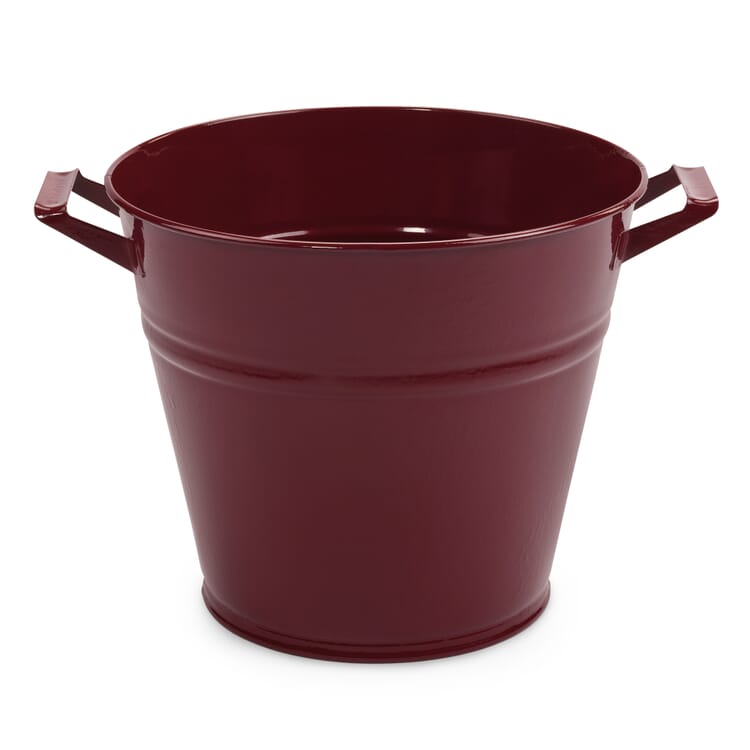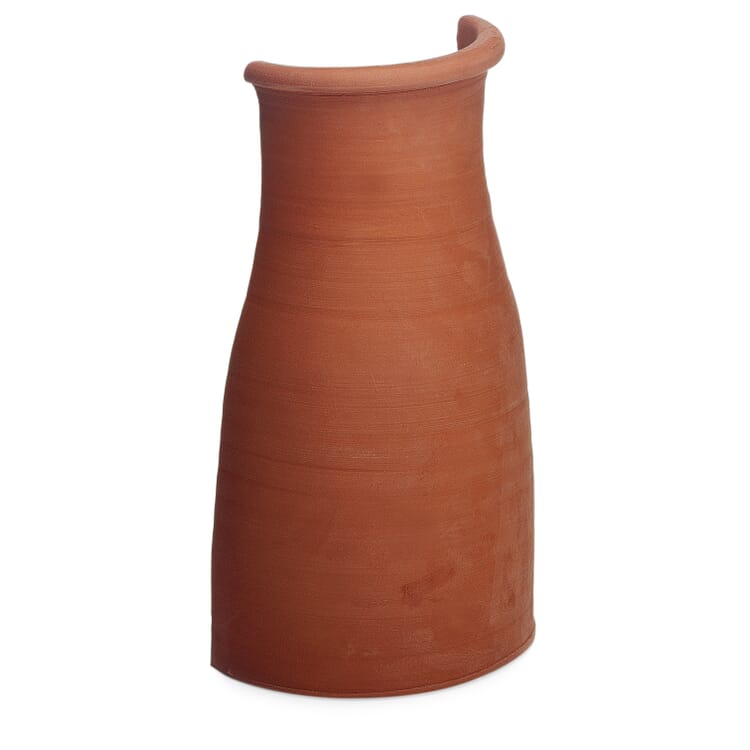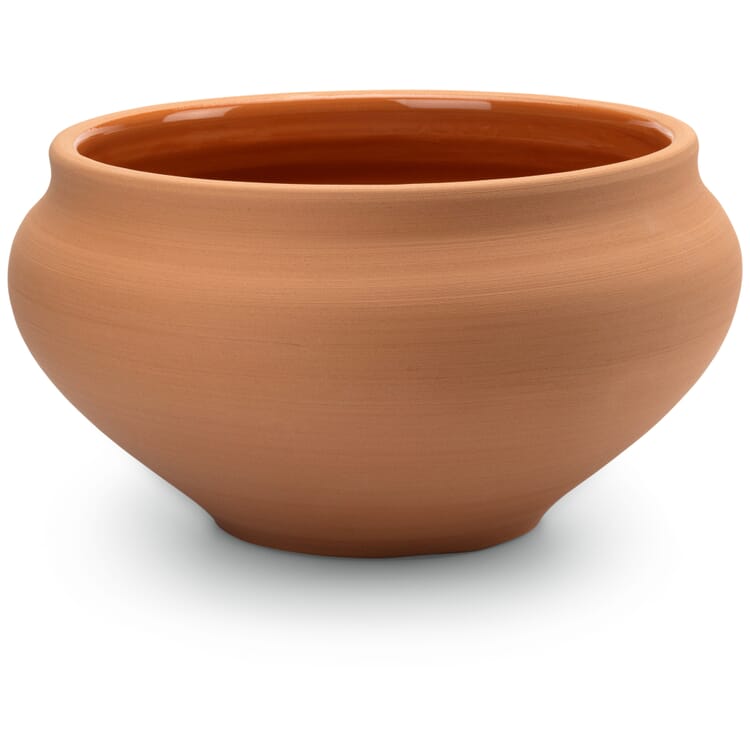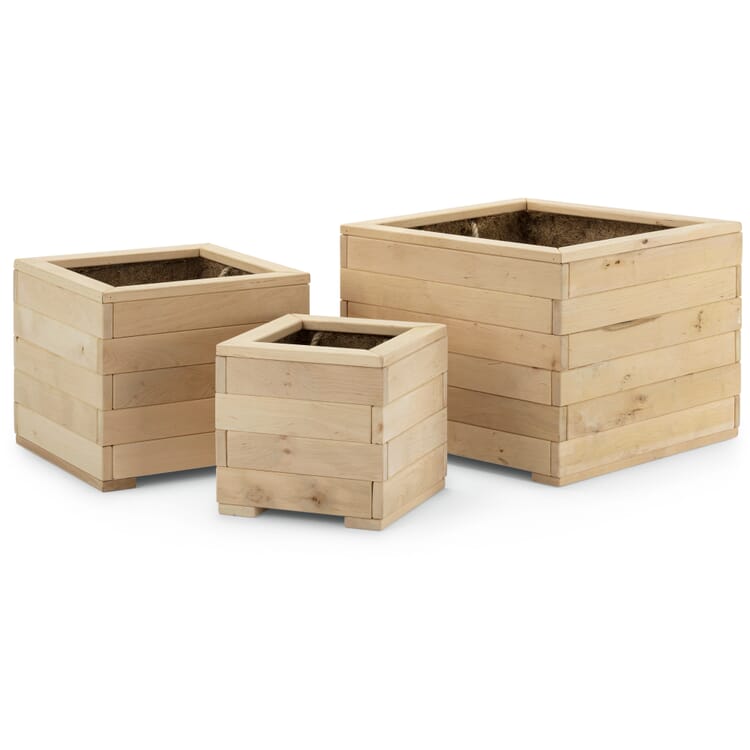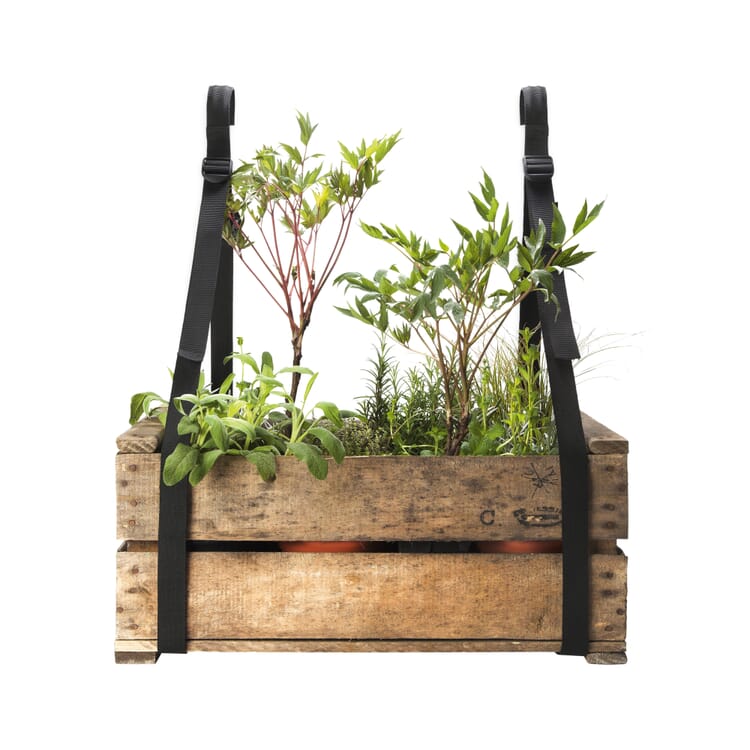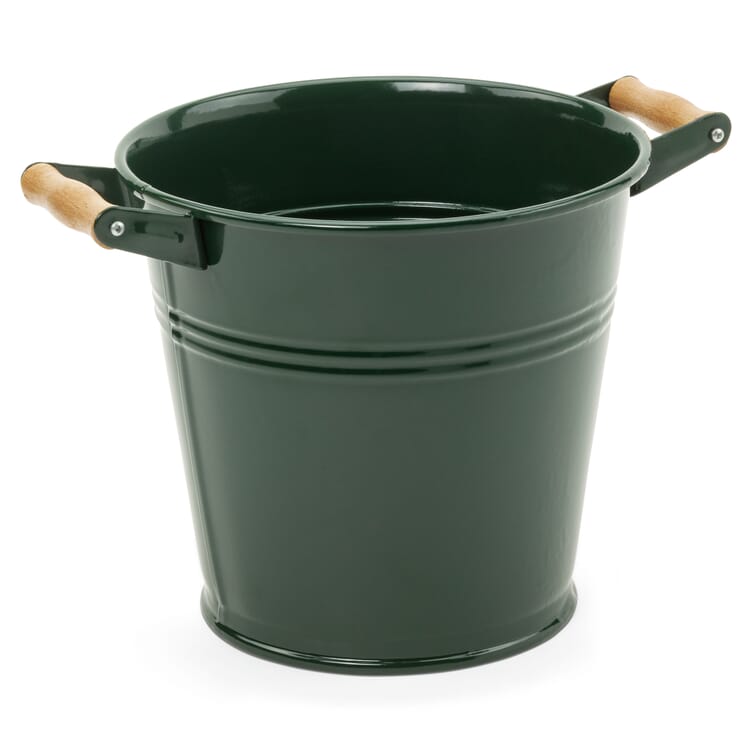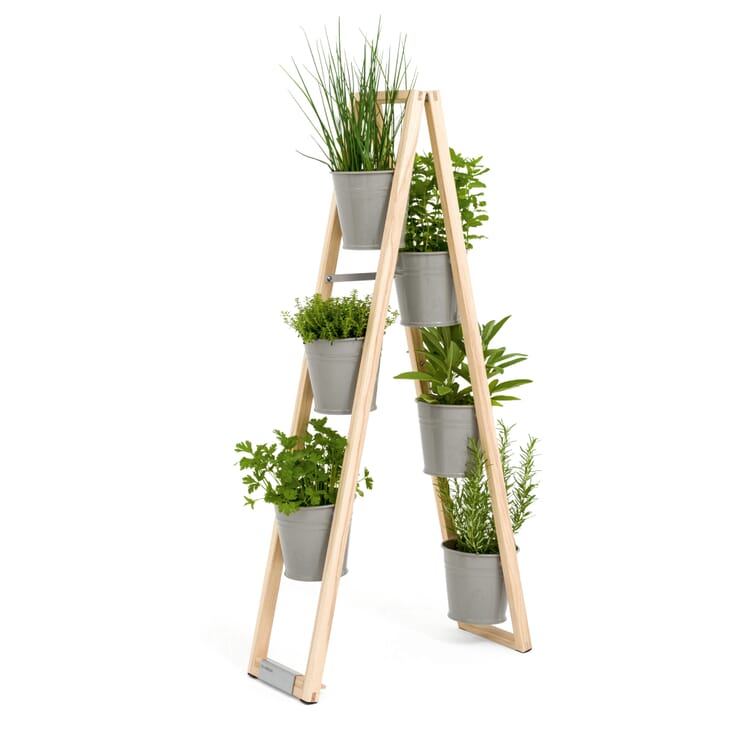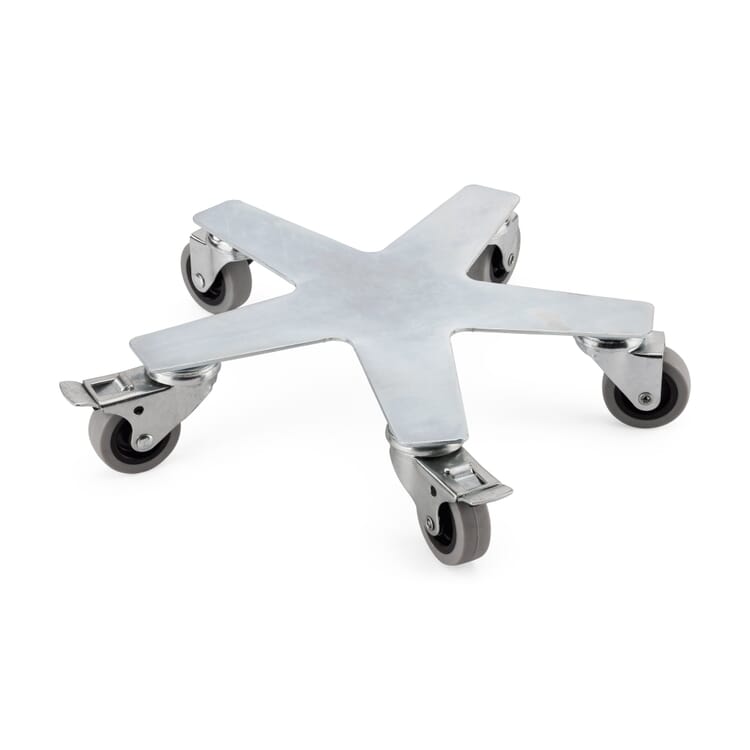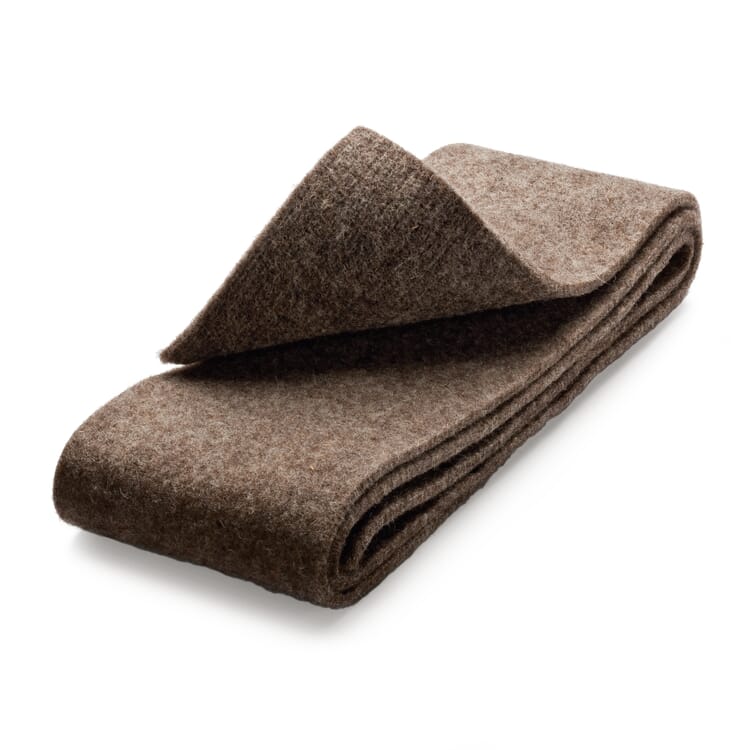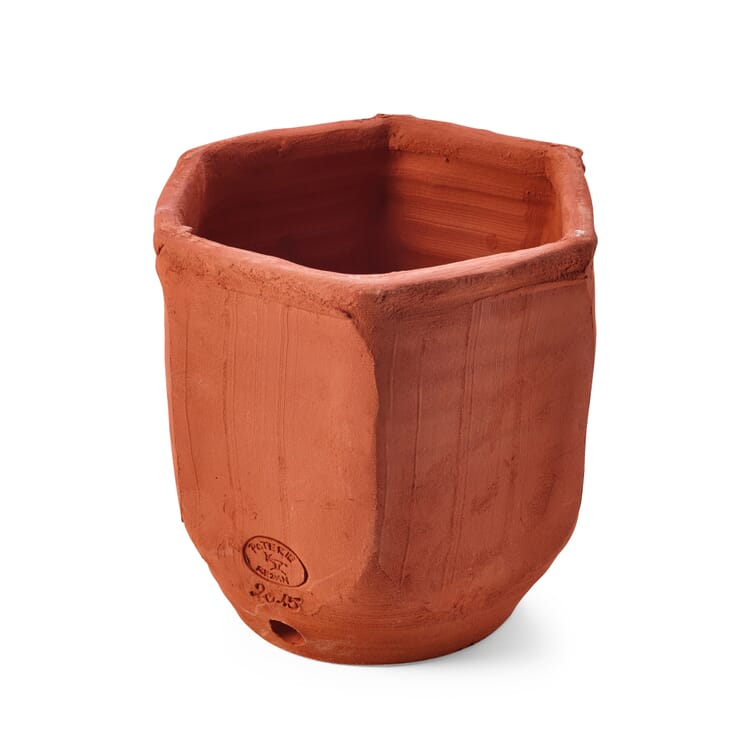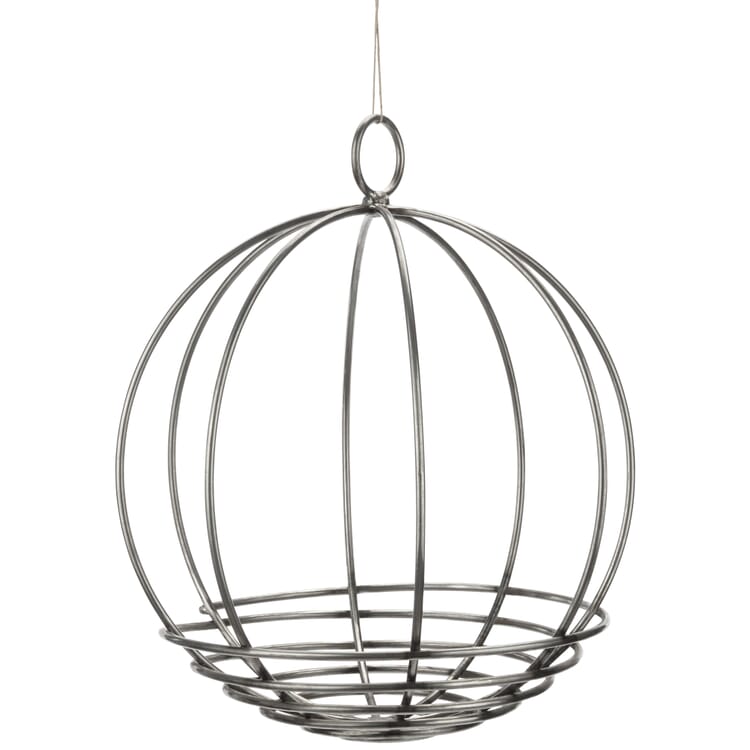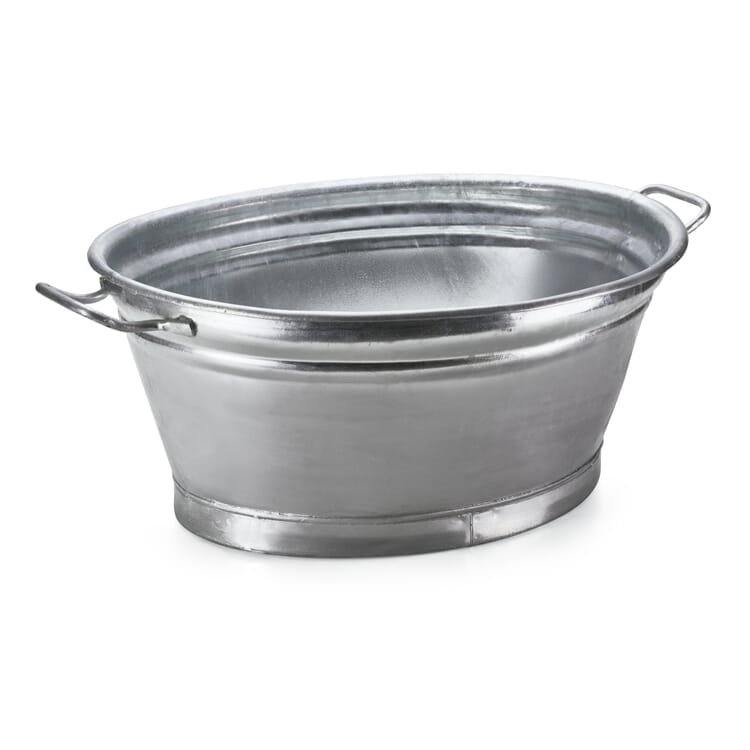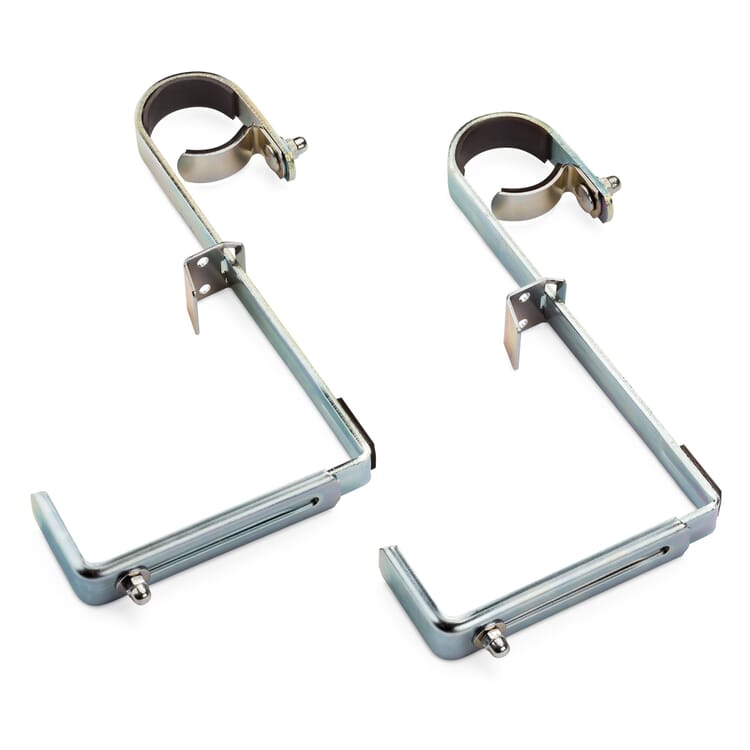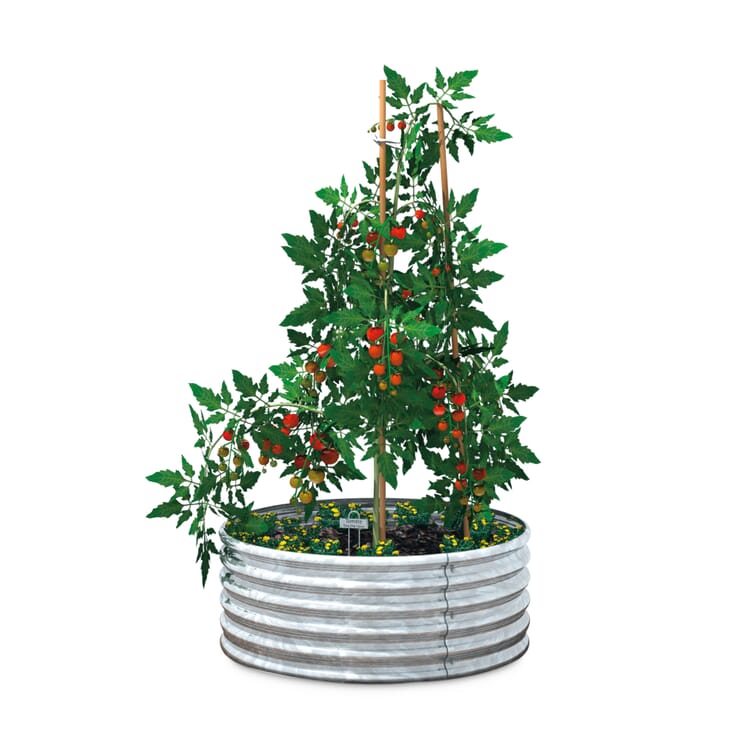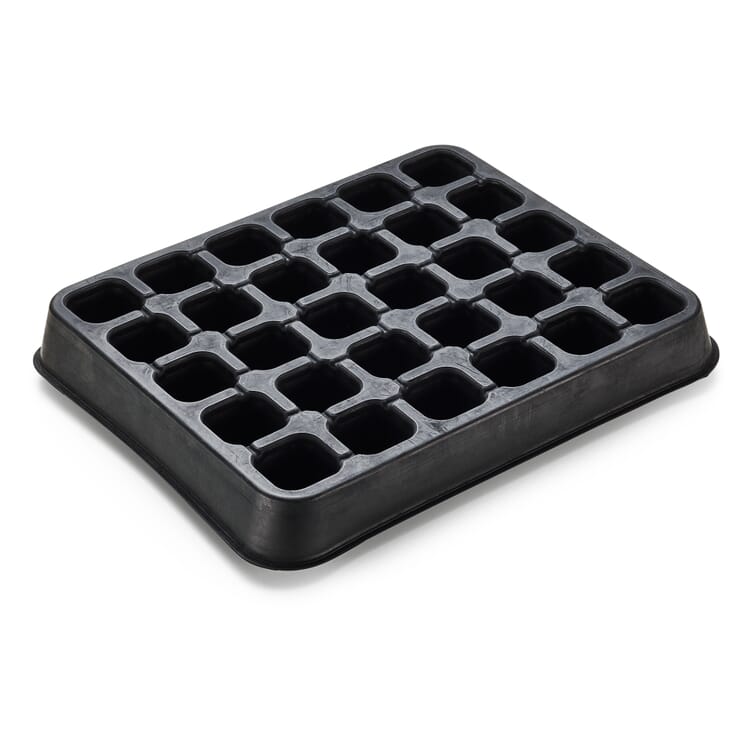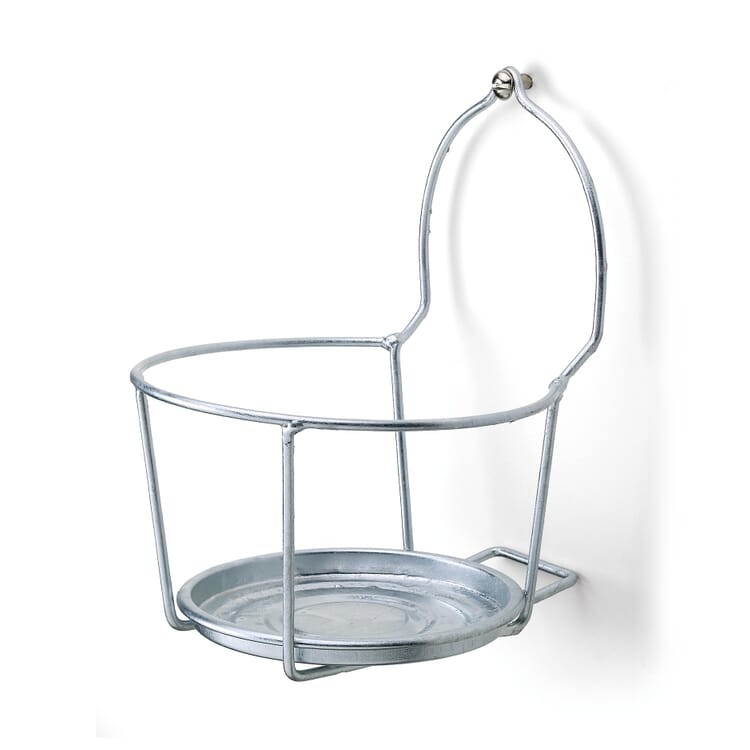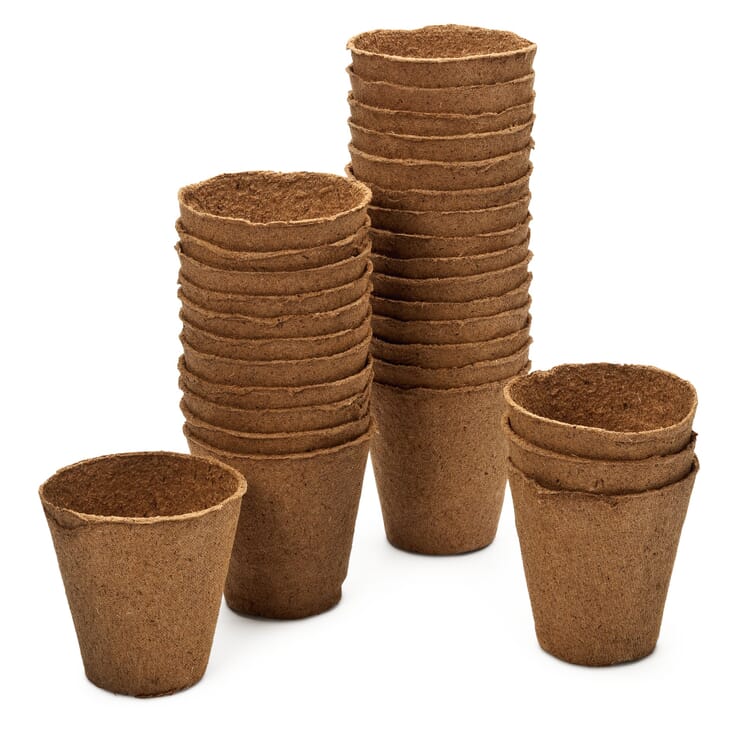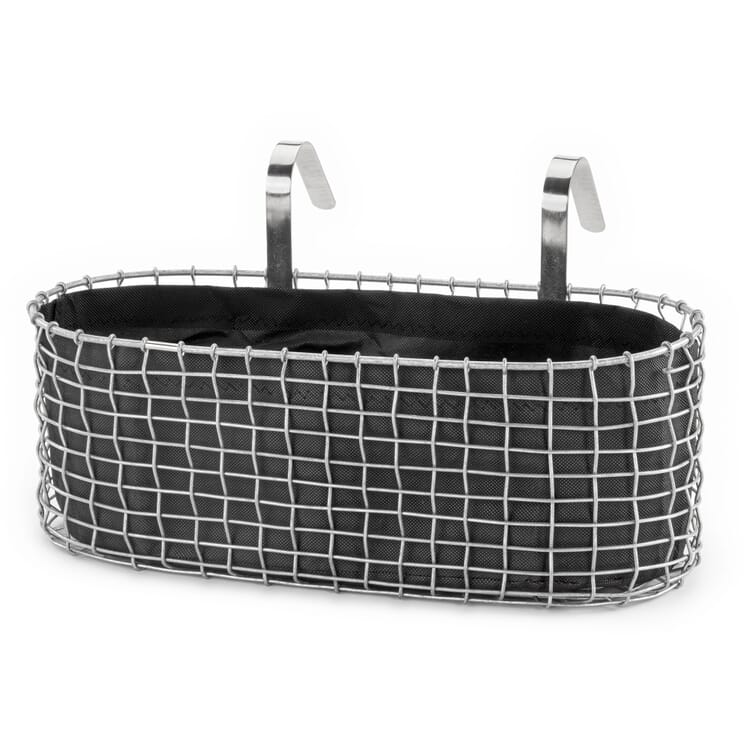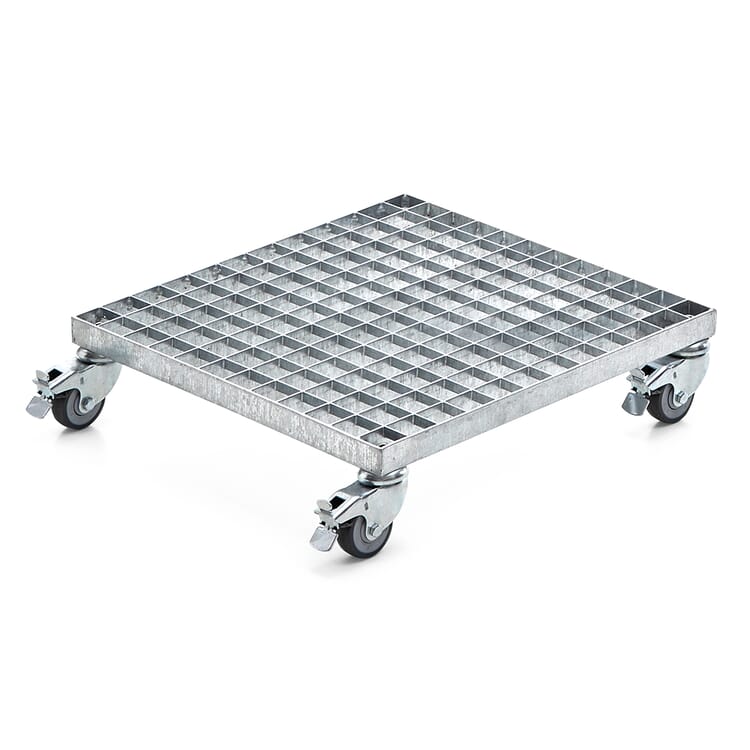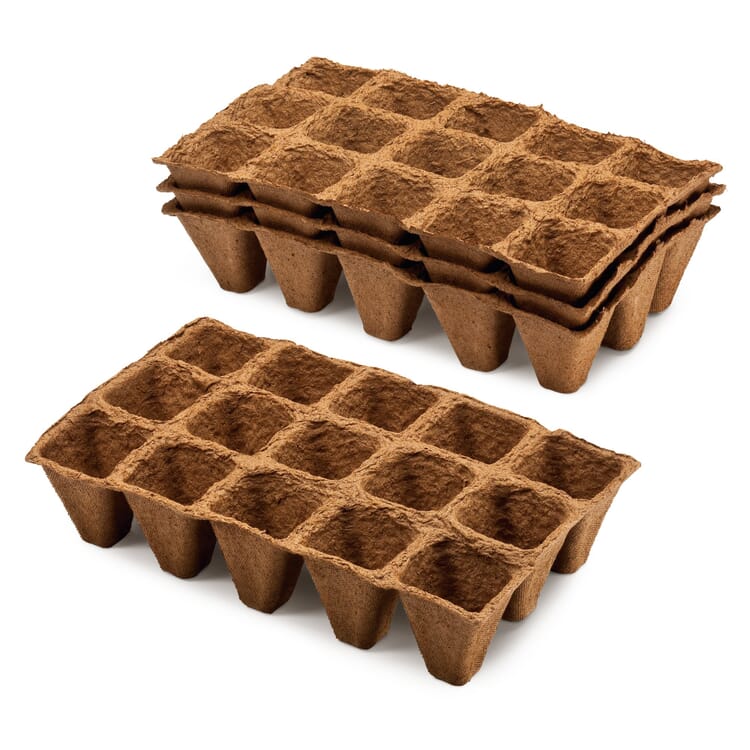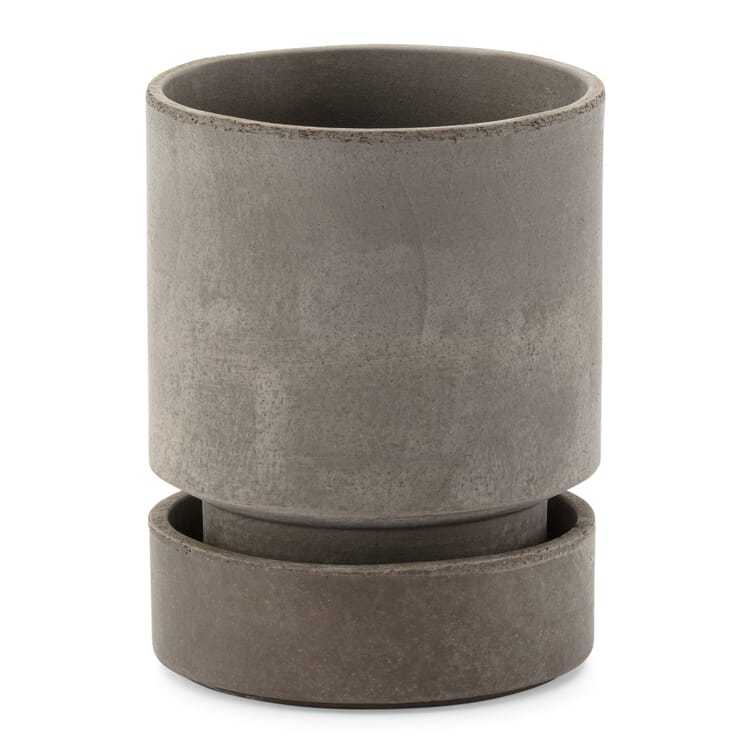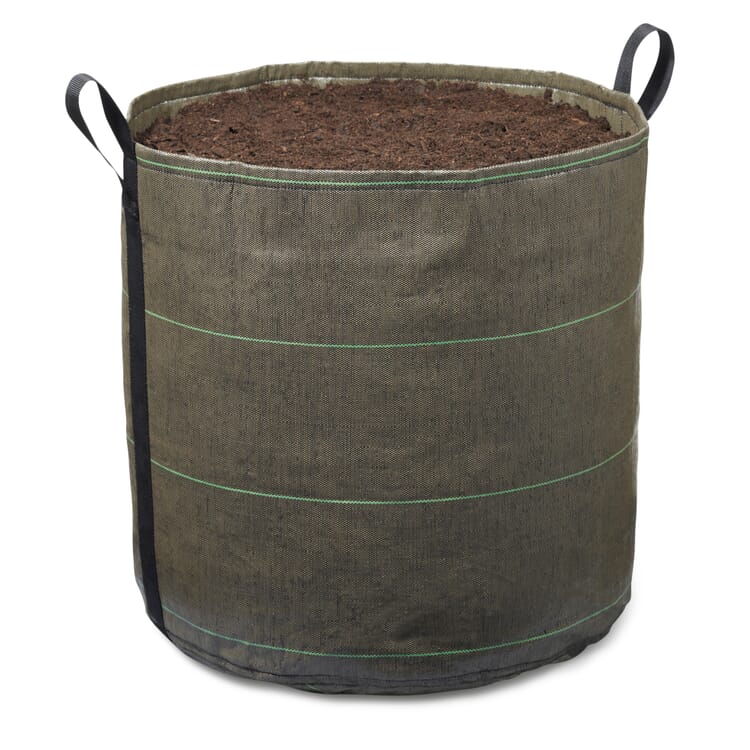Helpful Tips
A home for greenery. High-quality planters
Every pot has a lid and every plant has a pot. Whether your plants thrive well and healthily - whether outside on the balcony or terrace, in the greenhouse or in the home - depends on various factors: the right location, a sufficient supply of nutrients and water and, of course, the right planter. When selecting our planters, we focus on durable materials such as terracotta and sheet steel, resource-saving materials such as recycled PET bottles and renewable raw materials such as wood, natural rubber, coconut and wood fiber. They have proven themselves in practice: for sowing and growing young plants or as a robust and permanent home for all kinds of small and large plants. If you keep an eye on the respective needs of your seedlings, you will soon see the first successes.
Practical and nature-conscious. Planters for growing
Better without plastic! Our growing containers are not made of plastic, but of hot-dip galvanized sheet steel, natural rubber, wood or coconut fibre. They are reusable or made from organic materials that decompose in the soil without leaving any residue. Tomatoes, peppers and eggplants, which are pre-grown early in the year (from February), are best sown in reusable growing trays, either made of natural rubber or sheet steel. When the first real leaves appear, the tender seedlings can be carefully pricked out and planted in larger containers before being moved outdoors or into a greenhouse in May (after the Ice Saints). For seedlings with a shorter cultivation period, we recommend our wood fiber seed trays. The young plants root through the material and can simply be planted out later so that they rot in the soil. This procedure has another positive effect: there is no "plant shock", a stagnation of growth due to the change from pot to bed. You can also make your own growing pots from egg cartons, kitchen or toilet paper rolls or waste paper. Our coconut fiber seedling pots and our natural rubber plant pots are suitable for sowing single seeds of large plants such as cucumbers, peas, vetch and sunflowers or for propagating cuttings, as these plants need plenty of root space to grow healthy and strong. If you choose high-quality seeds and a low-nutrient, germ-free growing medium in addition to the right plant pot, your green visions can soon become reality.
Garden happiness in a small space. Planters for outdoor use
Crisp vegetables in a raised bed, tasty strawberries in a balcony box, flowering climbing plants on a trellis - you can also give your garden ideas space on the patio and balcony. Even larger plants such as roses, perennials, ornamental shrubs and columnar or dwarf fruit trees can be cultivated in containers without any problems, provided their capacity is adapted to the respective plant. When choosing your plants, look for plants that are rich in pollen and nectar. Go for native (wild) plant species, as these are not only better adapted to the local environmental conditions, they also provide the right food for the region's wild bees, bumblebees, butterflies, etc. This way, even a small city balcony can become a green and blooming oasis - and you can be right in the middle of it, surrounded by the cheerful buzzing, humming and fluttering.
Lightweight yet robust. Planters made from flexible materials
Last but not least, you will also find planters made from flexible materials such as jute or recycled PET bottles. They are lightweight and therefore easy to transport, water-permeable and robust enough to last for many seasons. Root growth is also encouraged in such planters. The rough fabric prevents the formation of so-called ring roots and stimulates the constant formation of fine roots, which are essential for the absorption of nutrients and water.
More greenery in view. Planters for indoor gardening
Who says that gardening happiness is only possible in the open air? After all, there is room in even the smallest hut. Houseplants provide colorful accents and, especially in the dark season, a lively green contrast to the dreary gray outside the window. They have also been proven to improve the indoor climate by providing oxygen and humidifying the air. Some species such as ivy, hemp or monocots even filter mold spores out of the air and bind environmental toxins and other pollutants. Houseplants can also be an enrichment for everyday kitchen magic: herbs such as basil, chives and parsley as well as vitamin and nutrient-rich microgreens. The following applies to many houseplants: they should be kept as bright as possible, preferably directly by the window or on the windowsill. Too little light causes the shoots to wither, the leaves to turn yellow and fall off and the plant as a whole to die. If you take the natural requirements of plants into account, you can ensure that they grow enthusiastically within your own four walls. You can find suitable plant pots, tubs, bowls and more here.

